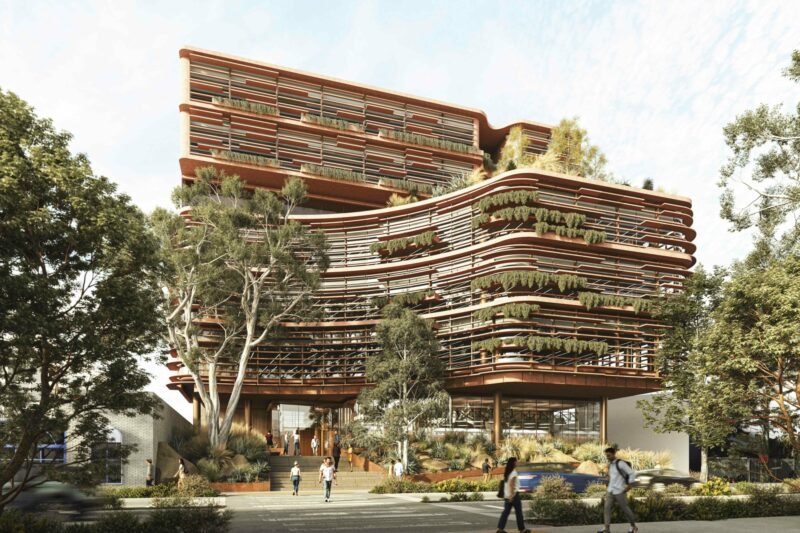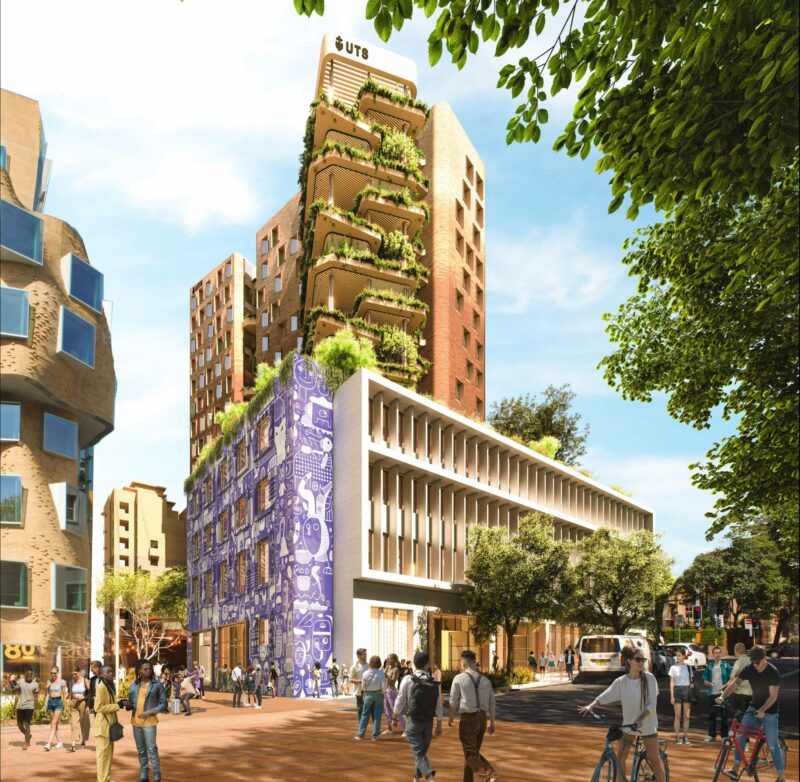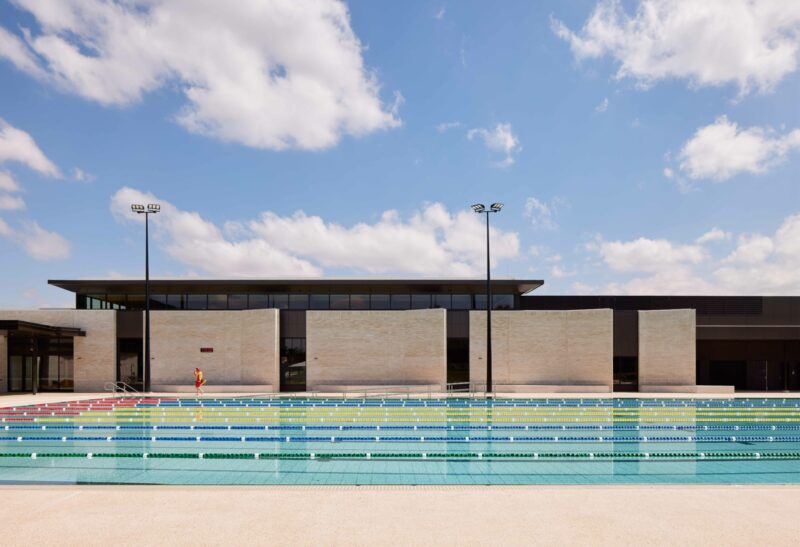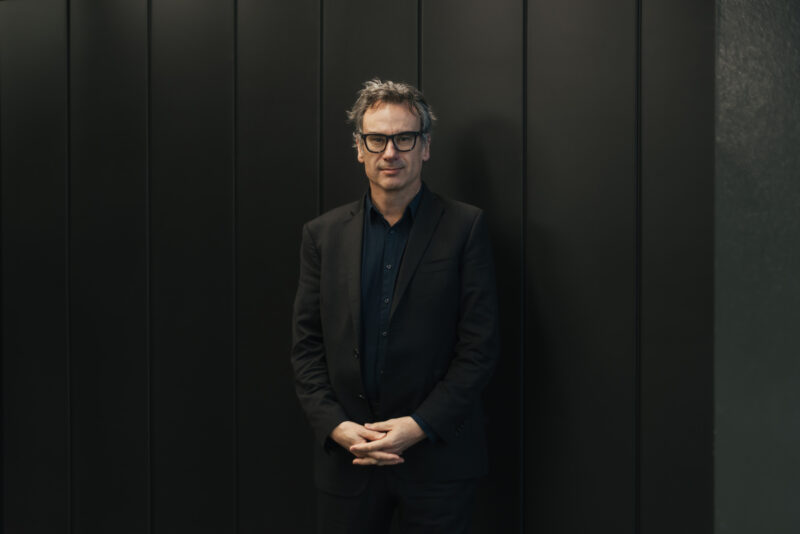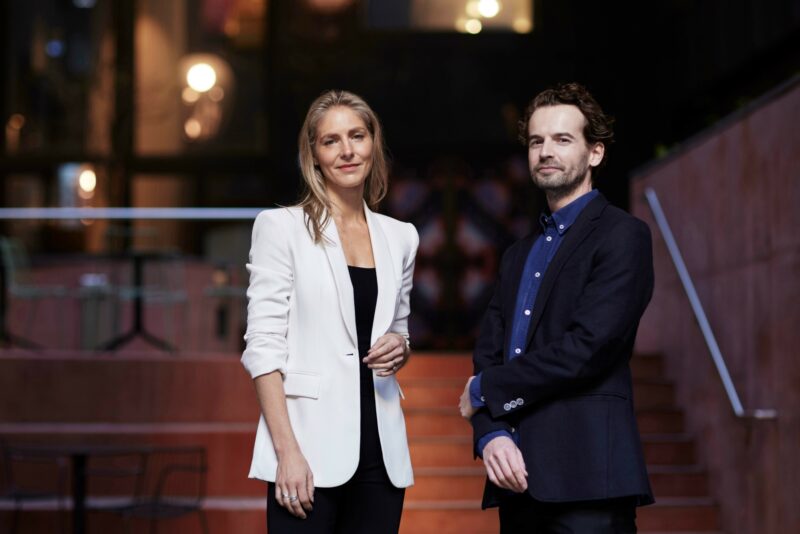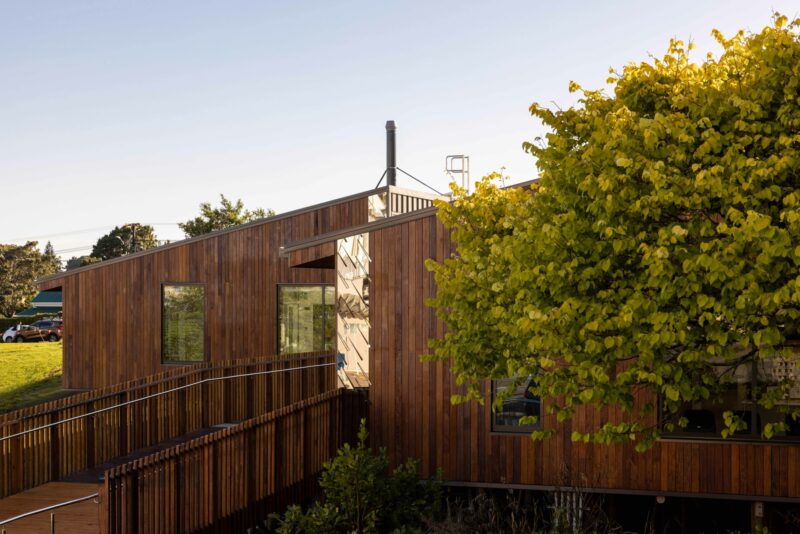Working within the footprint of the Museum of New Zealand Te Papa Tongarewa, Warren and Mahoney has created a new art gallery to house the museum’s National Art Collection.
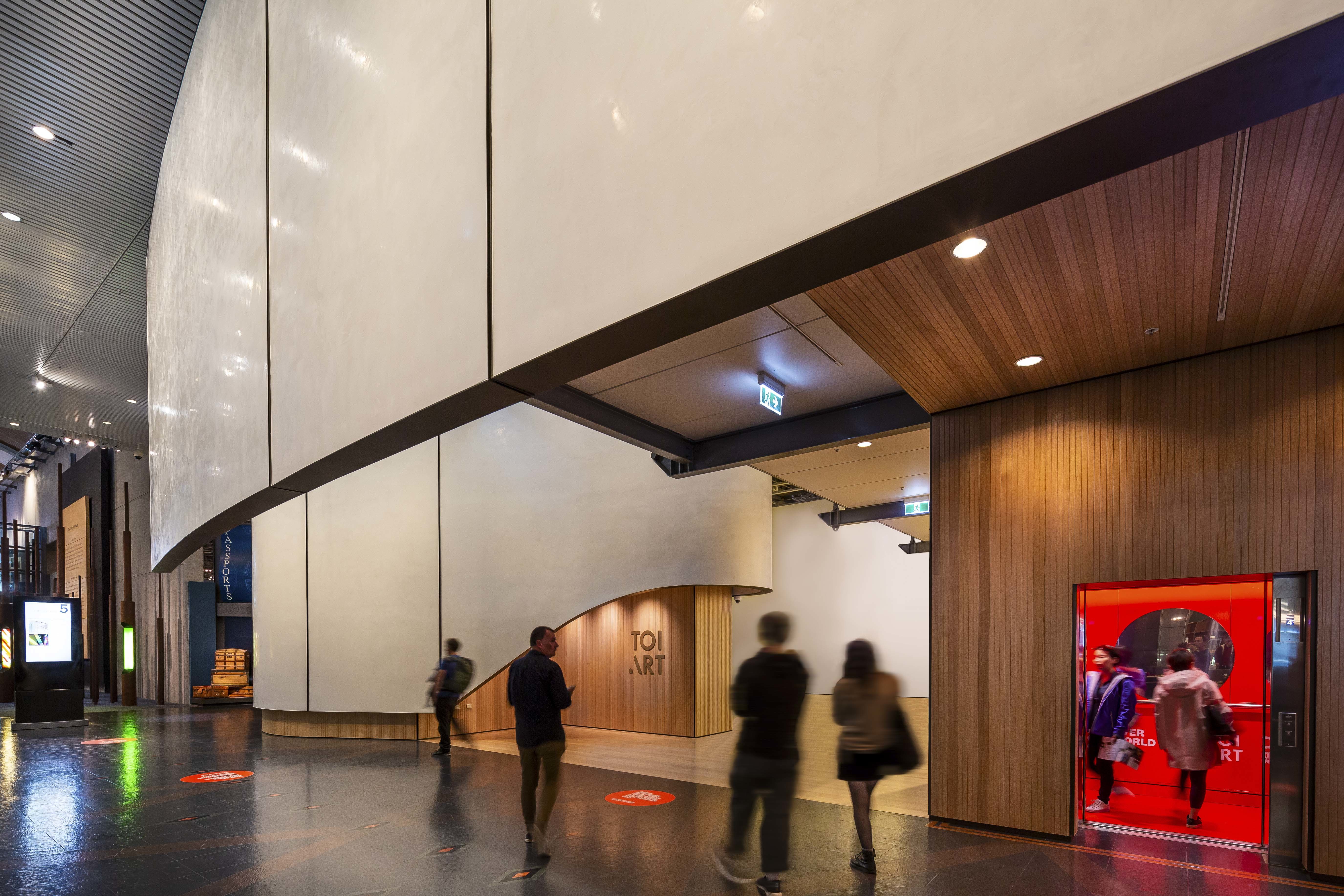
Toi Art is a game changer for art in New Zealand, with the huge new spaces offering incredible opportunities to showcase art from Aotearoa, from the Pacific, and from the world Charlotte Davy - Te Papa Head of Art
Working within the footprint of the Museum of New Zealand Te Papa Tongarewa, international architectural practice Warren and Mahoney has created a new art gallery to house the national art collection held by the museum.
The end result, Toi Art, is a space with a strong, clear presence within the museum context providing a seamless experience from museum to gallery.
Katherine Skipper, project lead and Principal at Warren and Mahoney’s Wellington studio says the practice was challenged by Te Papa to make the National Art Collection ‘more accessible’.
“Our brief for this project was clear. We needed to create a space of civic quality that would draw people in. In the first six weeks 100,000 people visited the gallery, which surpassed all expectations. The numbers prove to us that for visitors to Te Papa, the gallery provides a seamless experience that you come across and enter as you would any part of the museum,” says Skipper.
The $6 million interior refit increases the Museum’s art-designated space by 35%, from 2430sq m to 3290sq m. A key requirement of the brief was the ability to commission and display artwork of a scale and volume not previously able to be displayed at Te Papa.
“Our approach was to consider the threshold gallery as a volume for art, rather than just the walls for display. This enables the curatorial team to have new conversations with future artists about the scale and immersive experience of works that can now be supported in the space.
“The new staircase is a central element, connecting both new and existing gallery spaces into one cohesive whole, providing the opportunity to view pieces in the threshold gallery from many perspectives.
“The staircase has been incredibly successful. Its wide, dynamic shape creates both a natural wayfinding tool and an additional exhibition space,” says Skipper.
The entrance to the gallery is formed by two-overlapping walls, which Katherine Skipper says symbolises hands, gently holding the collection, lifting and opening at the entry to allow people inside to experience the artworks.
Skipper says that the treatment of the external gallery walls with a hand-applied polished plaster system was a key materiality decision to respond to the civic nature of the project.
“It was important that the finish was entirely of its place. The fact that it was hand-applied by a single person in situ adds to its effect, which has a luminous, beautiful quality to it,” says Skipper.
The extension of the façade to encompass the upper fifth floor lobby was another architectural move to ensure visitors arriving at Level 5 are immediately enveloped within an intimate scale gallery, with the curved wall leading naturally around and into the main gallery space to the South.
“Overall we’ve worked to a very limited palette, creating a cohesive space to enable the art within to be the focus, not the architecture,” says Skipper.
In addition to Toi Art, Warren and Mahoney was architectural lead on two other projects which required redevelopment of existing spaces to enable accessibility and flexibility, the Suter Gallery in Nelson and the National Library of New Zealand in Wellington.
